Revolutionizing Construction: The Rise of Composite Cladding Panels in Modern Architecture
The construction industry is witnessing a transformative shift with the increasing adoption of composite cladding panels, a trend driven by their unique structural and aesthetic benefits. According to a report by MarketsandMarkets, the global market for composite materials is expected to reach $100 billion by 2025, highlighting the growing importance of innovative materials in modern architecture. Composite cladding panels, which are composed of multiple materials, not only enhance building performance by offering superior insulation and durability but also provide architects with versatile design options.
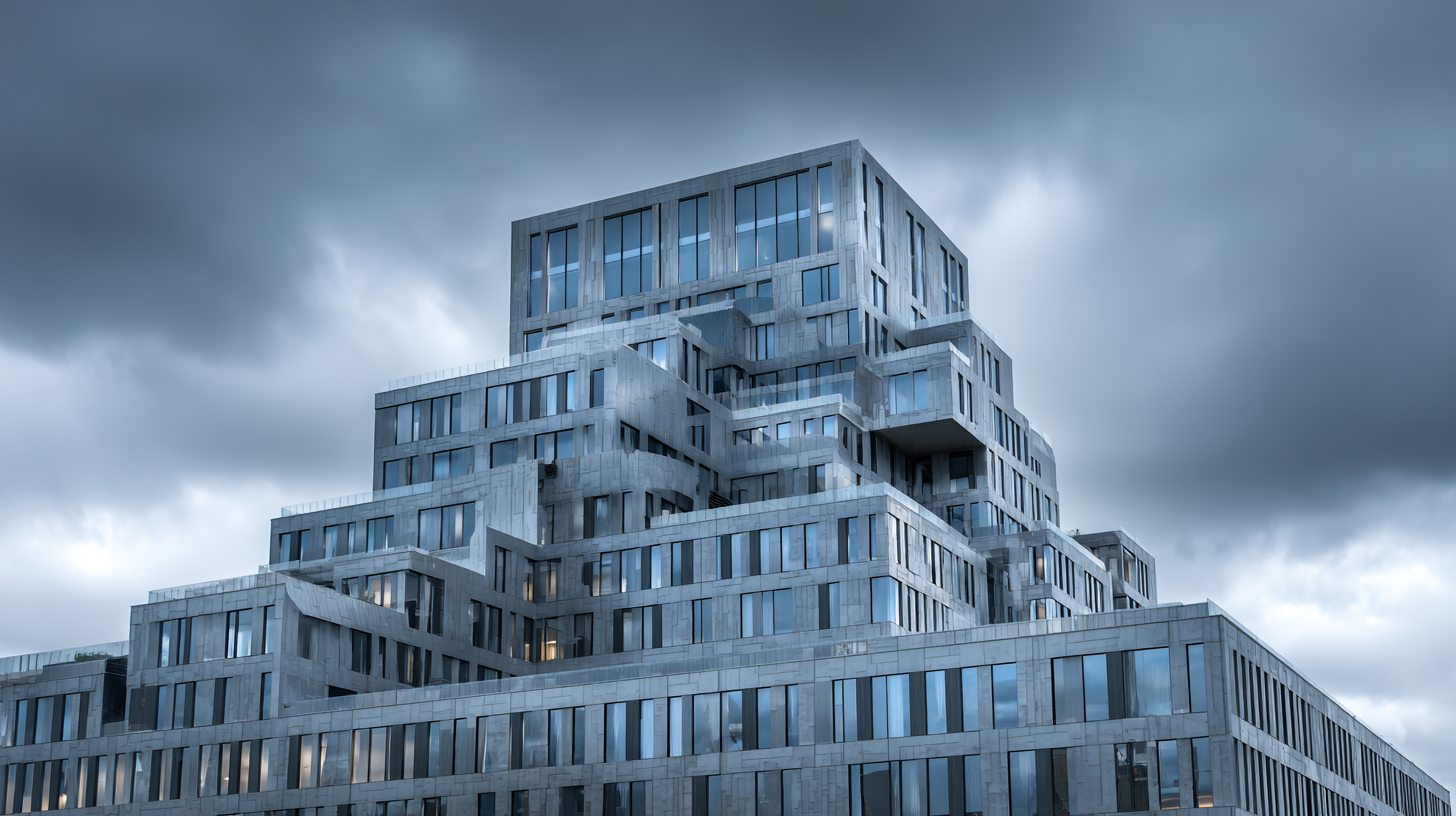
The versatility and sustainability of these panels make them particularly appealing, as they can reduce energy consumption and lower maintenance costs. This rise in the popularity of composite cladding panels reflects a broader industry commitment to efficiency and sustainability, setting the stage for a new era in architectural design and construction practices.
The Evolution of Construction Materials: From Traditional to Composite Cladding
The evolution of construction materials has undergone a dramatic shift in recent decades, transitioning from traditional options such as wood, brick, and stone to innovative composite cladding panels. These materials have gained popularity due to their enhanced durability, lightweight properties, and aesthetic versatility. Unlike traditional materials that often require extensive maintenance and are susceptible to environmental wear, composite cladding panels are designed to withstand the rigors of changing weather conditions, making them a practical choice for modern architecture.
Moreover, the design possibilities with composite cladding have expanded architects' creativity, enabling the incorporation of diverse colors, textures, and finishes. This material not only allows for more innovative architectural designs but also promotes sustainability by adding energy efficiency to buildings. As the demand for eco-friendly construction grows, the shift towards composite materials reflects a broader trend in the industry, where functionality meets aesthetic value, paving the way for a smarter and more sustainable built environment.
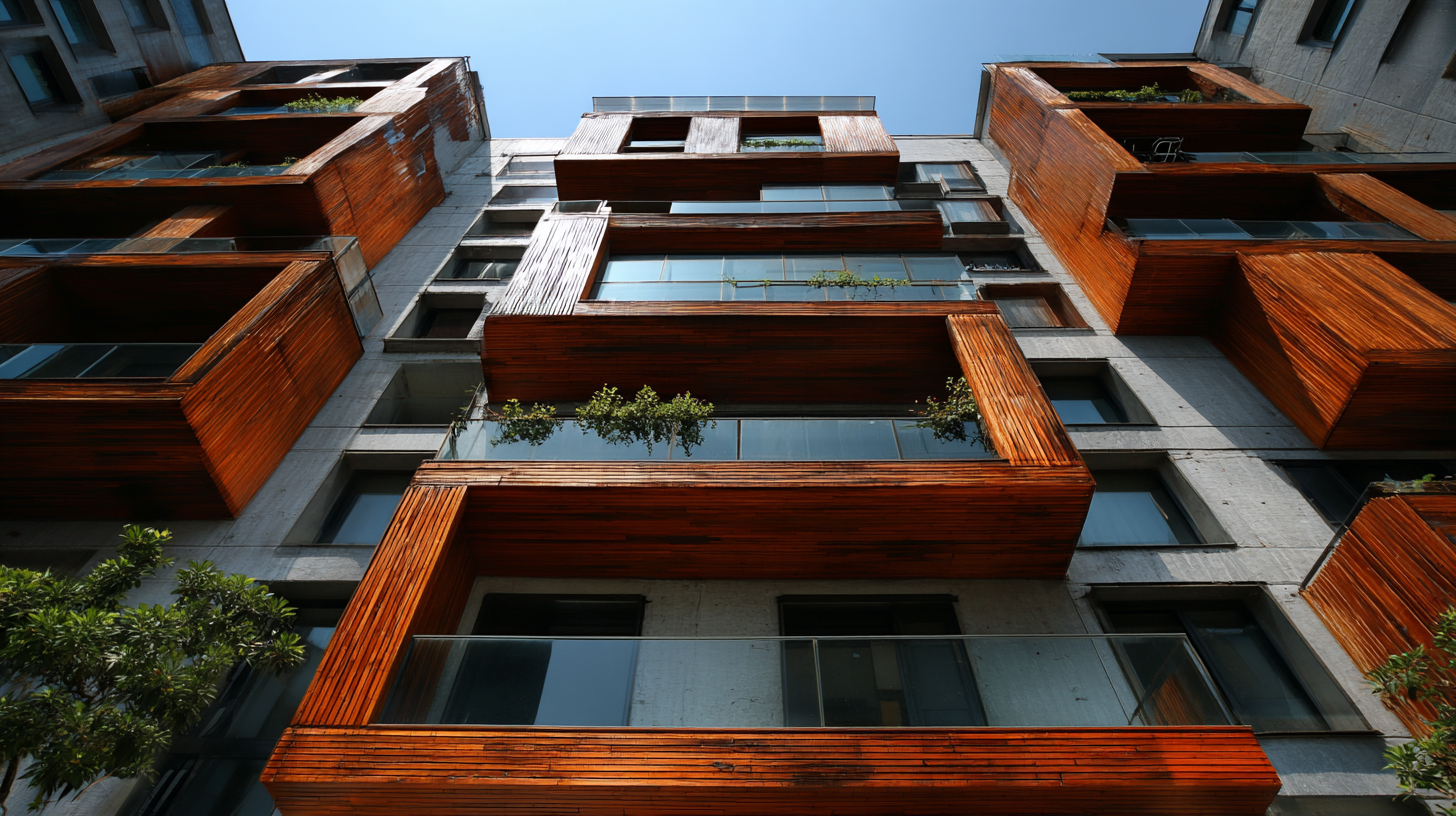
Key Benefits of Composite Cladding Panels in Modern Architecture
Composite cladding panels are increasingly becoming a favorite choice in modern architecture due to their exceptional durability and aesthetic appeal. Made from a blend of materials such as aluminum and polymer, these panels offer remarkable resistance to weathering, ensuring that buildings maintain their appearance over time with minimal maintenance required. Their lightweight nature allows for easier installation and reduces the structural load on buildings, making them not only a practical choice but also an economically viable one.
Moreover, composite cladding panels provide excellent insulation properties, enhancing energy efficiency within buildings. This results in lower energy costs and a reduced carbon footprint, aligning with the growing demand for sustainable architectural practices. The versatility in design also allows architects to create innovative and visually striking facades, catering to various styles and preferences. Overall, the key benefits of composite cladding panels, including durability, insulation, and aesthetic versatility, position them as a revolutionary element in contemporary architectural design.
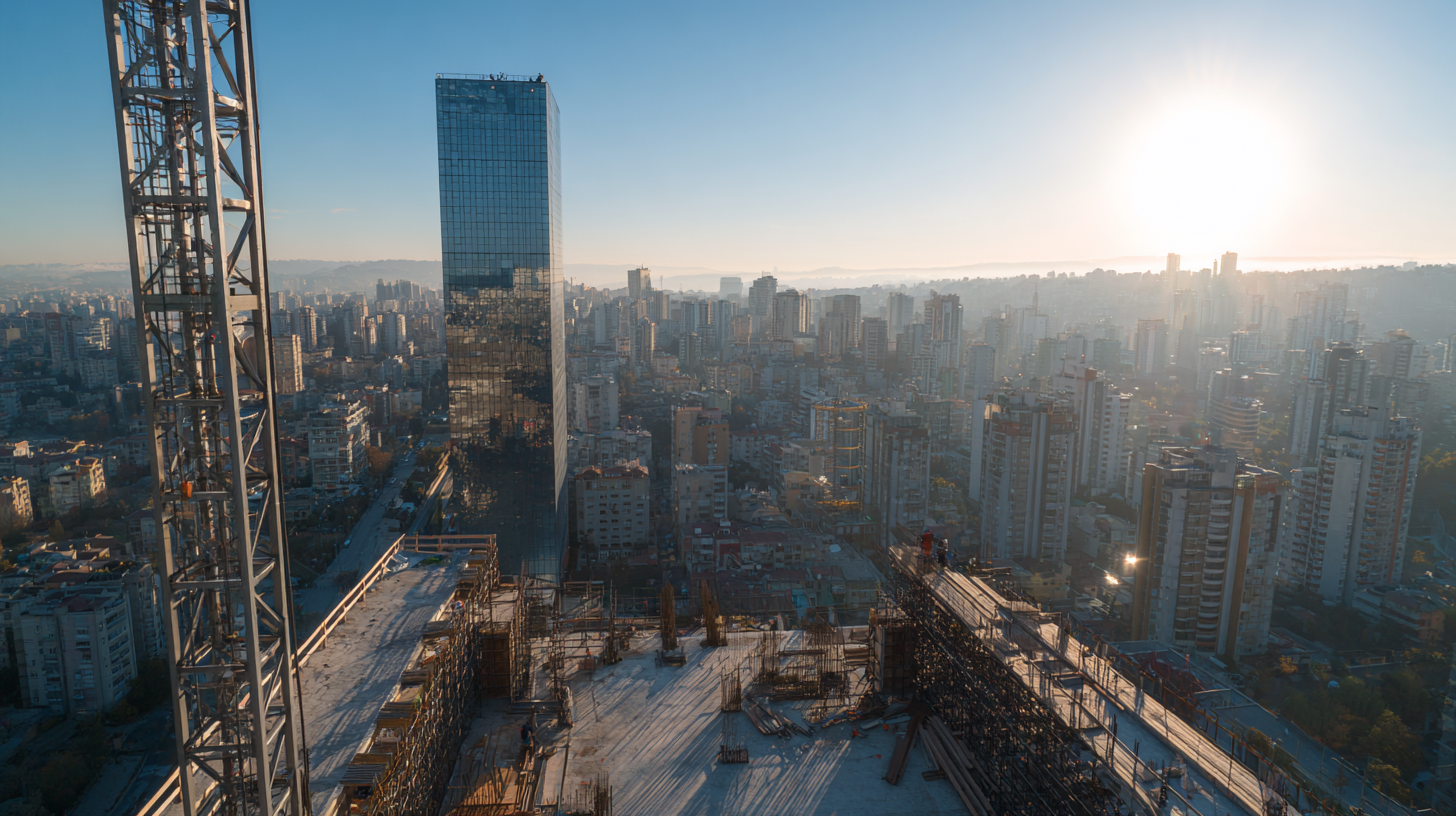
Sustainability and Energy Efficiency in Composite Cladding Solutions
Composite cladding panels are emerging as a transformative solution in modern architecture, primarily due to their sustainability and energy efficiency. According to a recent report from the Global Alliance for Buildings and Construction, building operations account for nearly 30% of greenhouse gas emissions. By incorporating eco-friendly composite materials, architects and builders can significantly reduce the carbon footprint of new structures. These panels often utilize recycled materials, align with LEED certification guidelines, and contribute to the circular economy, making them a compelling choice for environmentally-conscious projects.
Furthermore, the energy efficiency of composite cladding cannot be overlooked. Research by the National Renewable Energy Laboratory indicates that buildings with high-quality cladding can reduce heating and cooling costs by up to 25%. Composite panels offer superior thermal insulation and can be designed to minimize air leakage, ensuring that energy usage remains low. As the construction industry increasingly prioritizes sustainability, the adoption of composite cladding panels exemplifies a shift toward environmentally-friendly practices that not only benefit the planet but also enhance the economic viability of projects through reduced operational costs.
Revolutionizing Construction: The Rise of Composite Cladding Panels in Modern Architecture - Sustainability and Energy Efficiency in Composite Cladding Solutions
| Material Type | Thermal Conductivity (W/mK) | Recycled Content (%) | Weight (kg/m²) | Lifespan (Years) | Insulation Performance (R-value) |
|---|---|---|---|---|---|
| Aluminium Composite Panel | 0.23 | 30 | 5.5 | 40 | 2.8 |
| Fiber Cement Board | 0.18 | 25 | 15 | 50 | 3.5 |
| Metal Composite Material | 0.21 | 35 | 6.0 | 45 | 2.5 |
| Wood Plastic Composite | 0.16 | 50 | 10.0 | 30 | 3.0 |
| Vinyl Composite Siding | 0.22 | 20 | 4.0 | 25 | 2.2 |
Design Flexibility: Customization and Aesthetic Appeal of Composite Panels
The emergence of composite cladding panels has transformed modern architecture, offering unprecedented design flexibility that architects and builders have eagerly embraced. These panels come in a variety of materials, colors, and finishes, allowing for customization that meets the unique demands of each project. Unlike traditional building materials, composite panels can be easily shaped and manipulated, enabling designers to explore innovative forms and structures. This adaptability not only enhances the aesthetic appeal of a building but also allows for the integration of different styles, from sleek contemporary looks to more classic appearances.
Furthermore, the aesthetic potential of composite panels extends beyond mere color and shape. Architects can create striking visual contrasts and textures, contributing to a building’s signature look. The ability to combine various finishes within a single project encourages creativity and personalization, responding to client visions while also ensuring durability and low maintenance. With composite cladding panels, the architectural landscape becomes a canvas for expression, where functionality meets artistic vision, resulting in structures that are both beautiful and efficient.
Impact on Construction Timelines and Cost Efficiency with Composite Cladding
The introduction of composite cladding panels has significantly transformed modern architecture, particularly in terms of construction timelines and cost efficiency. These panels are engineered from a blend of materials that not only enhance aesthetic appeal but also reduce the overall weight of building exteriors. This lightweight nature allows for faster installation compared to traditional cladding materials, which can substantially shorten project completion times. As construction firms integrate these panels into their projects, the ability to streamline processes and minimize labor hours becomes a tangible benefit.
In addition to expediting project timelines, composite cladding panels contribute to cost efficiency in several ways. Their durability and resistance to weathering reduce the need for frequent maintenance or replacement, providing long-term savings for property owners. Furthermore, the energy efficiency of these panels can lower heating and cooling costs, making them an attractive option for builders looking to deliver value to their clients. As sustainability becomes a key focus in construction, the environmental benefits of using composite materials also align with cost-saving goals, underscoring their pivotal role in the future of architecture.
Impact of Composite Cladding on Construction Timelines and Cost Efficiency
Related Posts
-
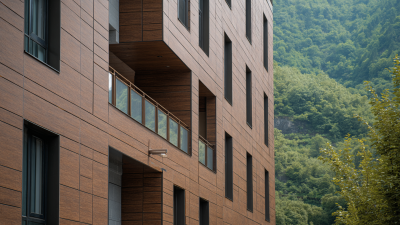
The Future of Exterior Design: Why Composite Cladding is Revolutionizing Building Aesthetics
-
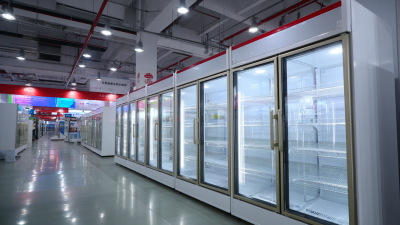
Future of Freezer Panels Industry Highlighted at the 138th China Import and Export Fair in 2025
-
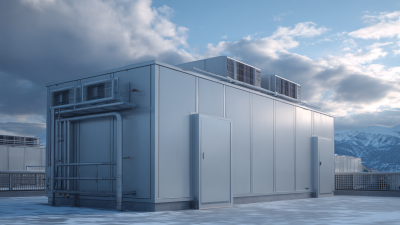
What are Freezer Panels and How Do They Revolutionize Temperature Control
-
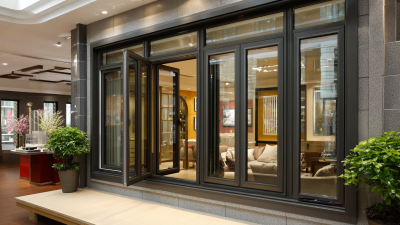
Exploring Composite Windows Market Trends at the 138th Canton Fair 2025 with Key Industry Insights
-
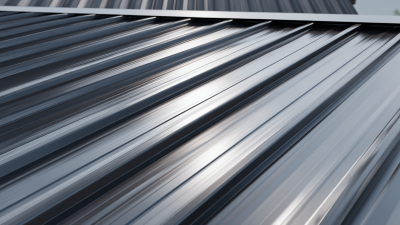
10 Essential Facts About Cladding Sheet You Need to Know
-
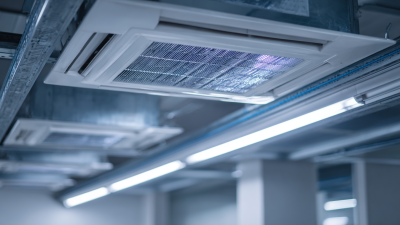
Understanding Cooler Panels: The Key to Energy Efficiency in Modern Refrigeration Systems